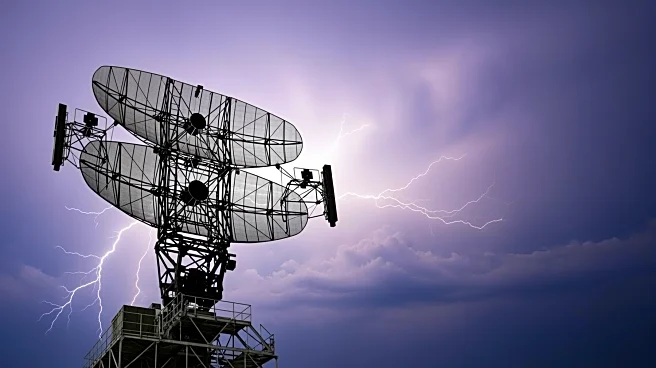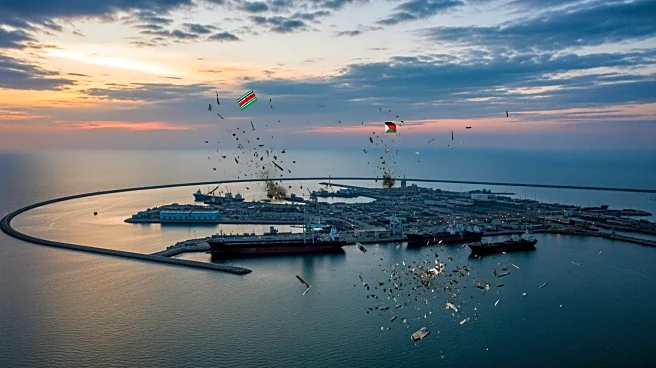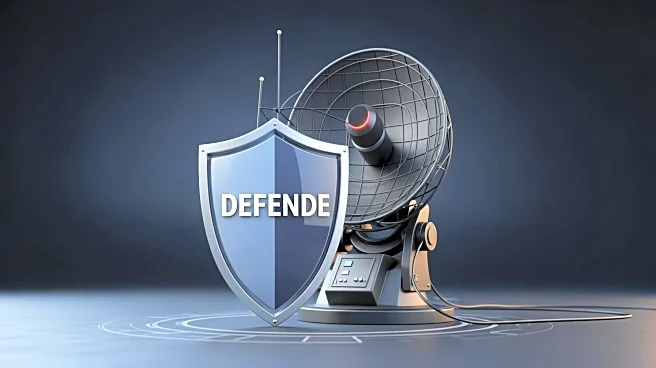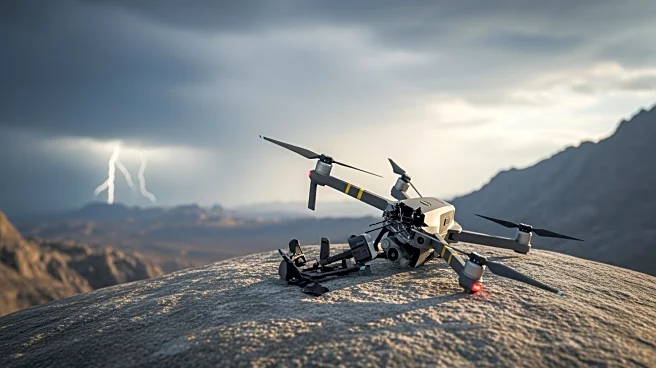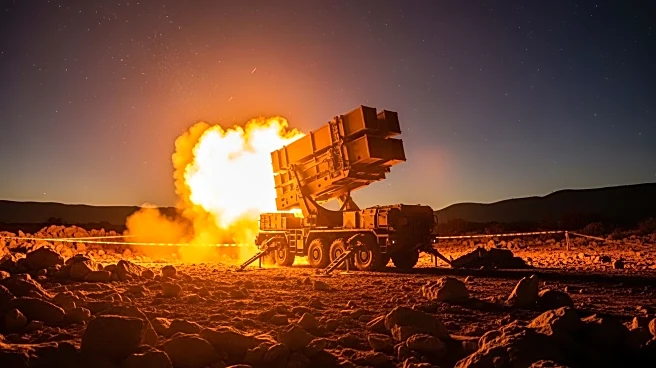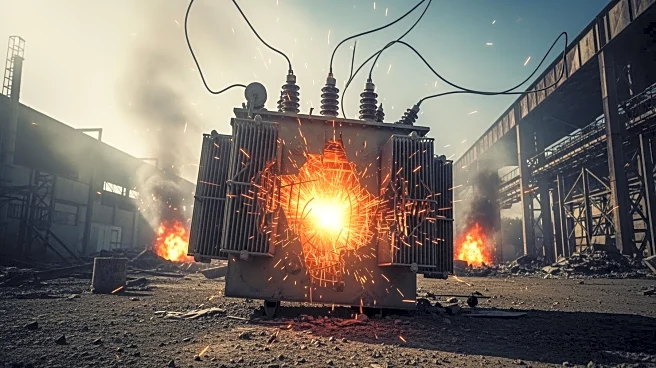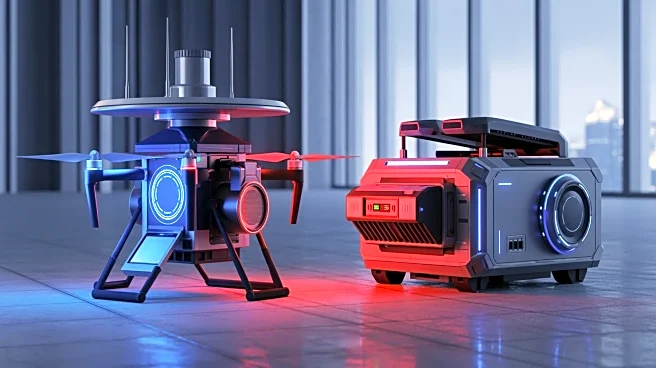What's Happening?
Ukraine's interception rates of Russian drones and missiles have decreased, with October seeing the lowest drone interception rate of 2025. Ukrainian air force data shows that only 80% of drones and 54%
of missiles were intercepted last month. The decline in interception rates is attributed to various factors, including the increasing number of Russian drones, a lack of munitions, and possibly adverse weather conditions. The strain on Ukraine's air defense network is evident as Russia intensifies its strikes on critical infrastructure, leading to widespread blackouts across the country.
Why It's Important?
The reduced interception rates highlight the challenges faced by Ukraine in defending against Russian aerial assaults. This situation impacts Ukraine's ability to protect its infrastructure and civilian population, potentially affecting its military and economic stability. The ongoing conflict and the strain on air defenses may prompt increased international support and aid to bolster Ukraine's capabilities. The situation also underscores the evolving nature of warfare, with drones playing a significant role in modern conflicts.
What's Next?
Ukraine is likely to seek further assistance from Western allies to enhance its air defense systems. Efforts to develop more cost-effective electronic warfare and interception technologies are expected to continue. The international community may increase pressure on Russia to cease its attacks, while diplomatic efforts to resolve the conflict could intensify.
Beyond the Headlines
The conflict in Ukraine raises ethical questions about the use of drones in warfare and the impact on civilian populations. The situation may lead to discussions on international regulations governing drone warfare and the protection of non-combatants.
